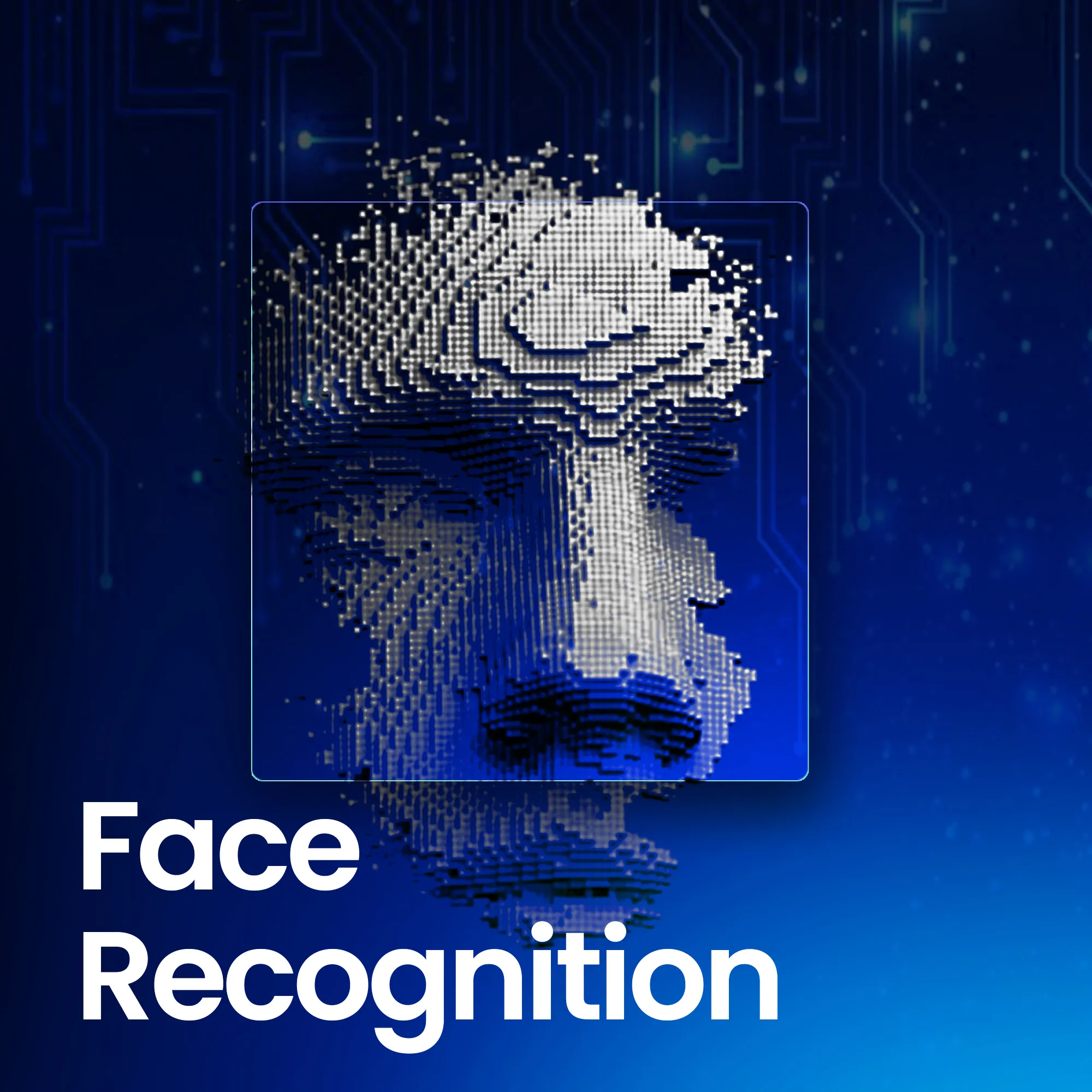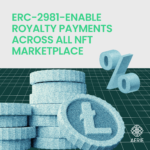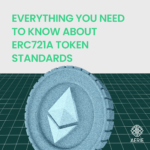As AI Face Recognition Raises Eyebrows, Can Blockchain Restore Trust?

In a bustling city, Sarah walks past a camera, its lens momentarily focusing on her. Almost instantaneously, a computer system thousands of miles away verifies her identity, noting the unique distance between her eyes, the gentle curve of her lips, and the familiar arch of her cheekbones. This isn’t a scene from Black Mirror, but our reality.
Every day, countless such interactions quietly unfold around us. At breakfast, a glance at your smartphone instantly unlocks it, bringing your apps and messages to life. Logging into your banking app no longer requires the tedious typing of a password; a simple facial scan suffices.
Behind the scenes, an intricate dance of algorithms and vast datasets springs into action, driving the wonders of face recognition. This technological breakthrough, born from the union of Artificial Intelligence and machine learning, is rapidly reshaping the landscape of our interactions with the world around us. By learning from countless facial images, sophisticated AI models have become adept at discerning the subtle patterns and nuances that make each face unique.
A World Without Passwords?
Imagine a world where the need to remember complex passwords is eliminated. With AI-driven face recognition, we’re inching closer to this reality. Accessing your smartphone, making online payments, or entering secure locations can now be as simple as showing your face.
Perhaps in the very near future, commuting to work, billboards might subtly shift their displays, having recognized the age or mood of passing pedestrians. And at airports, travelers swiftly move through checkpoints, their faces acting as their boarding passes.
These are but glimpses of a world where face recognition is seamlessly woven into the fabric of our daily routines, simplifying tasks and offering new levels of convenience.
Controversies Surrounding Face Recognition
In a dimly lit room, the glow of multiple screens illuminated a lone figure. James, a seasoned hacker, had just gained access to a centralized database containing millions of facial data records. For James, this was more than just a collection of images — it was a digital goldmine.
With a few keystrokes, identities could be stolen, lives disrupted, and an underground market could thrive selling this invaluable data. As he began to sift through the information, he realized the magnitude of power he held. The vulnerabilities of centralized systems had granted him a ticket to a world of illicit opportunities.
This might sound like a scene from a cyber-thriller movie, but the risks are all too real. As with any transformative technology, face recognition brings along its set of concerns:
◾ Privacy Concerns: With cameras omnipresent, from city streets to shopping malls, the potential for individuals to be tracked without their consent is real. The widespread use of face recognition can give rise to a surveillance state, stripping individuals of their privacy.
◾ Bias and Inaccuracy: Face recognition systems have often been criticized for their biases, especially when they misidentify people from certain ethnicities or age groups. If these systems are used in critical scenarios like law enforcement, such errors can have serious consequences.
◾ Data Security: Centralized storage of facial data can be a treasure trove for hackers, risking misuse and identity theft.
Can Blockchain Counter Face Recognition’s Controversies?
Amidst the marvels and conveniences ushered in by face recognition technology, it’s imperative to pause and ponder on its wider implications. Rapid advancements often come with their own set of challenges, and face recognition is no exception. While it promises a future of seamless interactions, there exists a parallel narrative of potential misuse, raising pertinent questions about privacy, security, and ethics.
As we navigate this complex terrain, many are turning to an emerging technology, heralded for its potential to bolster data integrity and privacy: blockchain. Could this decentralized ledger technology hold the key to mitigating the pitfalls of face recognition?
◾ Control Over Personal Data: Web3 concepts prioritize user ownership of data. This could allow individuals to control who accesses their facial data and for what purpose, providing a layer of consent that’s often missing in current implementations of face recognition.
◾ Decentralization for Enhanced Security: Unlike traditional centralized systems, where a single breach can expose a wealth of information, decentralized systems distribute data across multiple nodes, making them inherently more resilient against hacks.
◾ Transparency and Immutability: Any data stored on the blockchain is immutable, meaning it cannot be altered without leaving a record. This ensures data integrity, making it easier to trust the system.
Final Thoughts
The confluence of blockchain and AI redefines how we perceive trust in the digital age. Blockchain’s promise of decentralization, transparency, and immutability can bridge the trust deficit that looms large over face recognition. But the road ahead is undeniably filled with technical, regulatory, and ethical challenges.
In order to navigate these challenges successfully, it’s crucial for technologists, policymakers, and ethicists to collaborate closely. By fostering an environment of open dialogue and innovation, we can harness the advantages offered by AI-enabled face recognition and blockchain technology. This approach will allow us to create a future that is both convenient and respectful of individual rights.
As technology continues to shape our world, it’s our responsibility to ensure that it serves the best interests of humanity. This involves striking a balance between innovation and responsibility. The convergence of face recognition and blockchain is just a glimpse of the future possibilities, and collectively, we hold the power to shape and guide this future.









